Let me just take a moment before we start to address the nonsensical issue of whether we should be calling the damage done to our environment by the emission of huge amounts of greenhouse gasses global warming or climate change. I look at it this way; the greenhouse gasses are causing the Earth to warm, that’s global warming. That warming then directly causes a large variety of different problems, everything from sea level rise, more intense tropical storms to excessive droughts. That’s climate change.
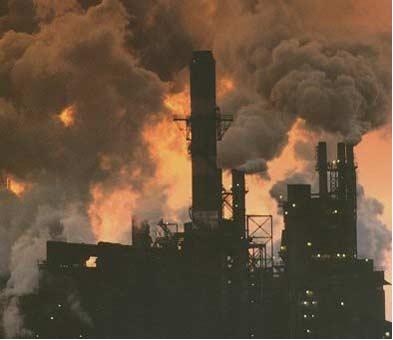
In other words, greenhouse gasses cause global warming. Global warming then causes the different aspects of climate change.
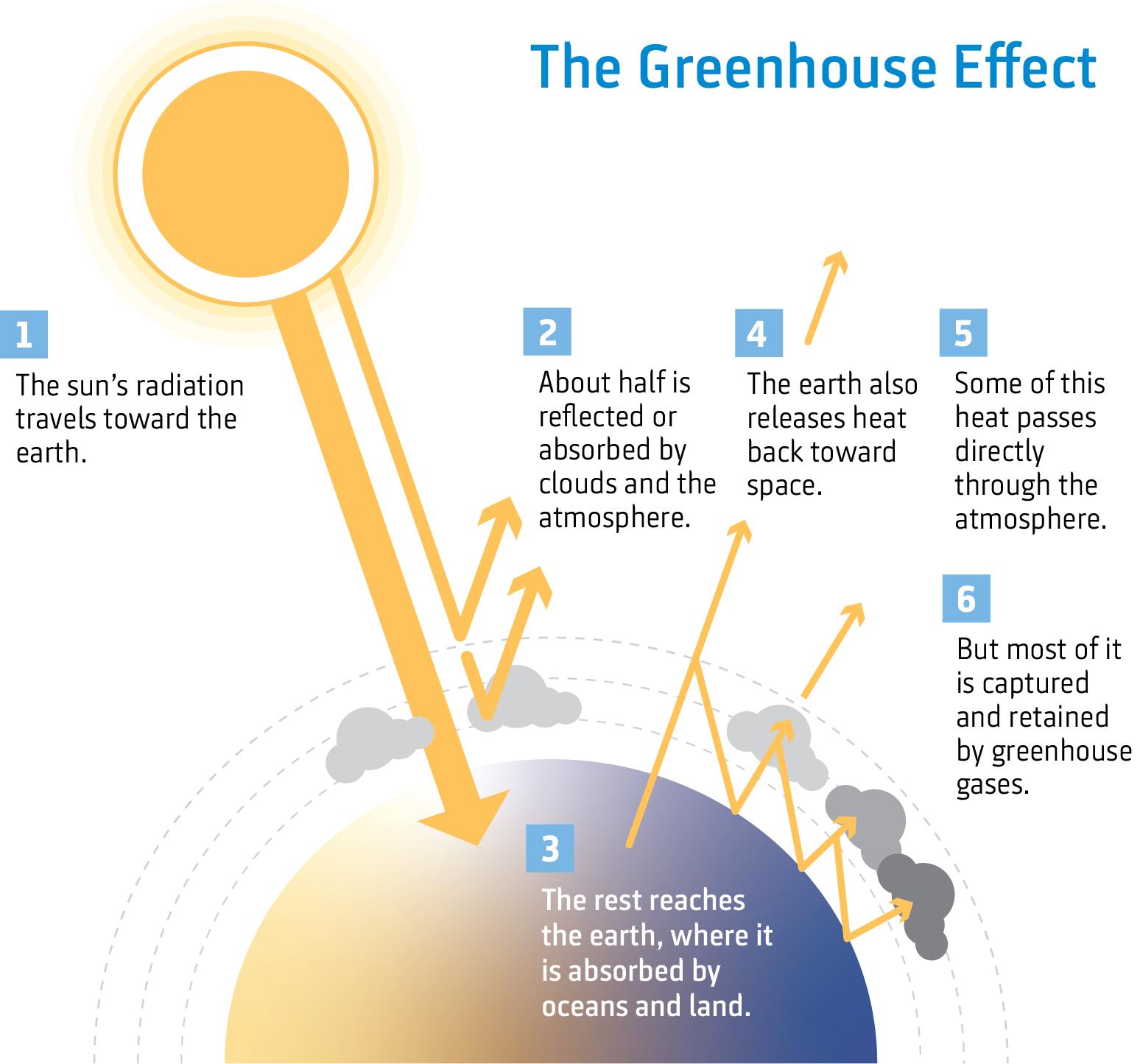
Honestly though, it really doesn’t matter what you call it so long as you recognize the damage that we are doing to the only planet we have and are willing to do something to solve the problem. Whether you call it global warming or climate change it’s still an ever growing danger that we have to face.
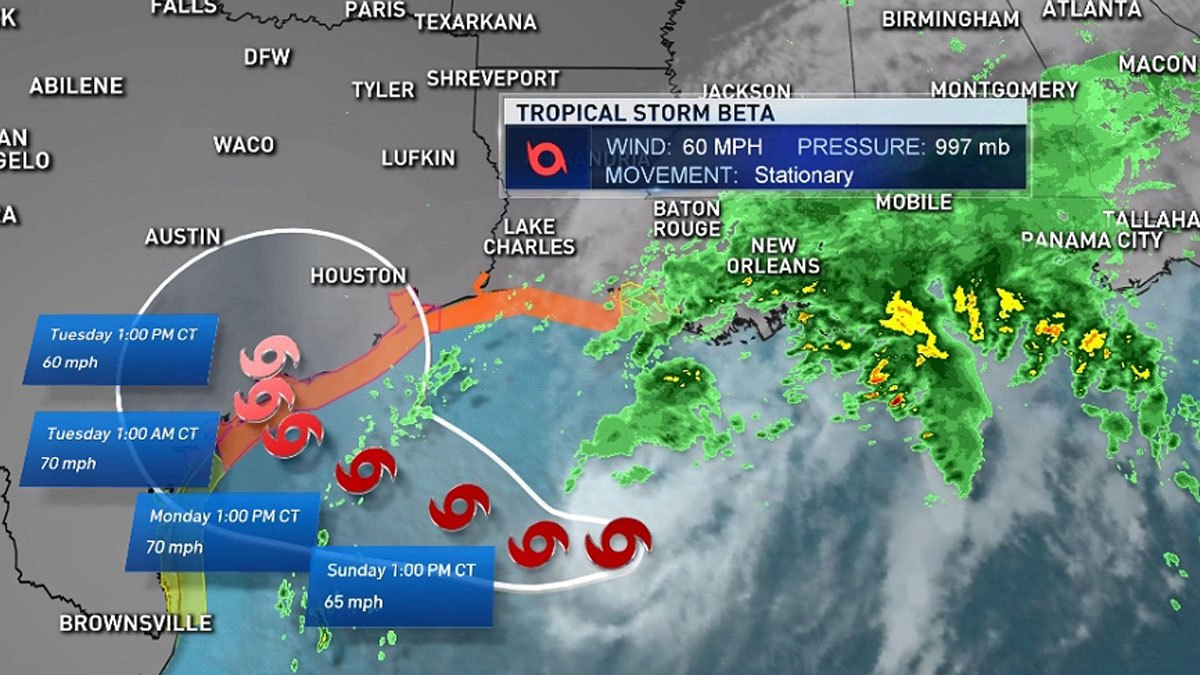
And the evidence of how dangerous the situation is becoming grows every day. This year’s Atlantic hurricane season is demolishing all previous records for the number of storms but today I’d like to talk about the crisis in the western part of the US due to the unprecedented number and intensity of wildfires.
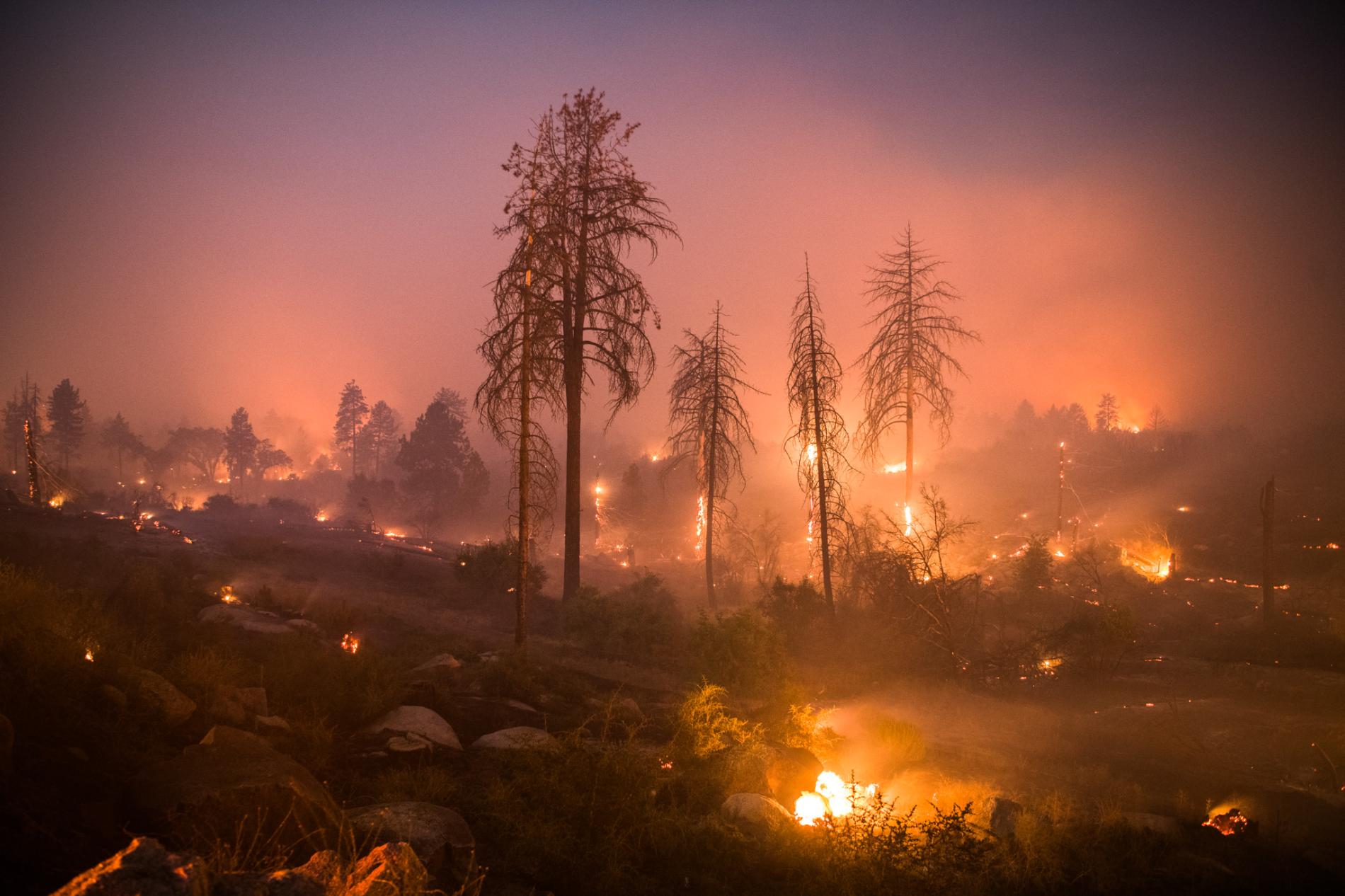
Now I used to live in California’s silicon valley, also known as the San Francisco Bay Area, during the 1980s so I am personally familiar with how large areas of California can go from March to November without a single drop of rainfall. I can remember being warned about the dangers of drought conditions, I have seen how square kilometers of grass and brush will turn brown because of lack of water and I have myself witnessed several, small wildfires. I know from personal experience that wildfires are just a natural part of California’s ecology.
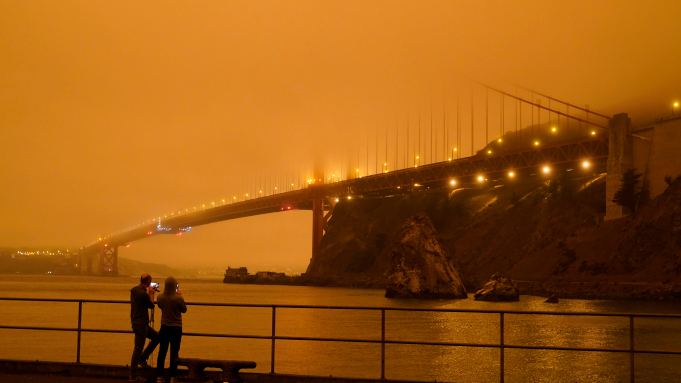
However the extent of the fires now burning not just in California but throughout the western half of the US is far beyond anything in human experience. When I see some of the images coming out of San Francisco, coming from places I know very well, turned orange by the smoke and distant glow of massive fires I’m chilled. That hellscape is not the California I knew.
In just the past month of August the western US has seen a number of unprecedented weather and fire conditions. A fire tornado was observed for the first time ever just north of Lake Tahoe. The hottest temperature ever reliably recorded on Earth’s surface, 54.5ºC (130ºF), was measured in Death Valley. A dry thunderstorm swept across Northern California sparking 11,000 lightning strikes that ignited over 300 fires, two of which grew to become the largest even seen in the state. So far this year over 7 million acres of forest land has been burned, a staggering amount far surpassing any previous year’s total, and the fire season isn’t over yet.
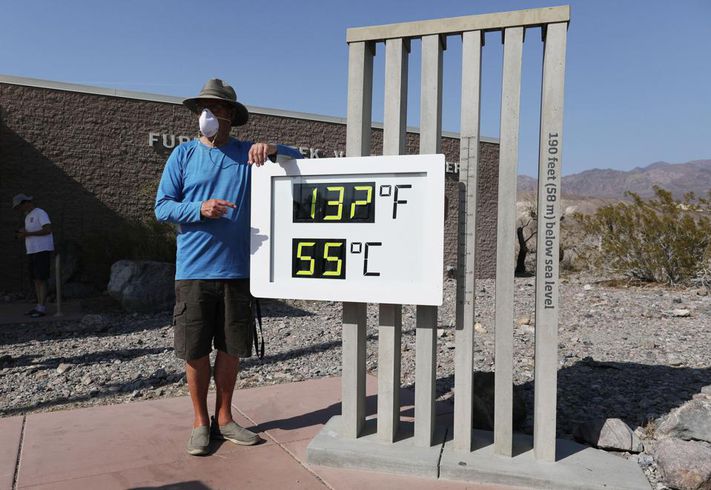
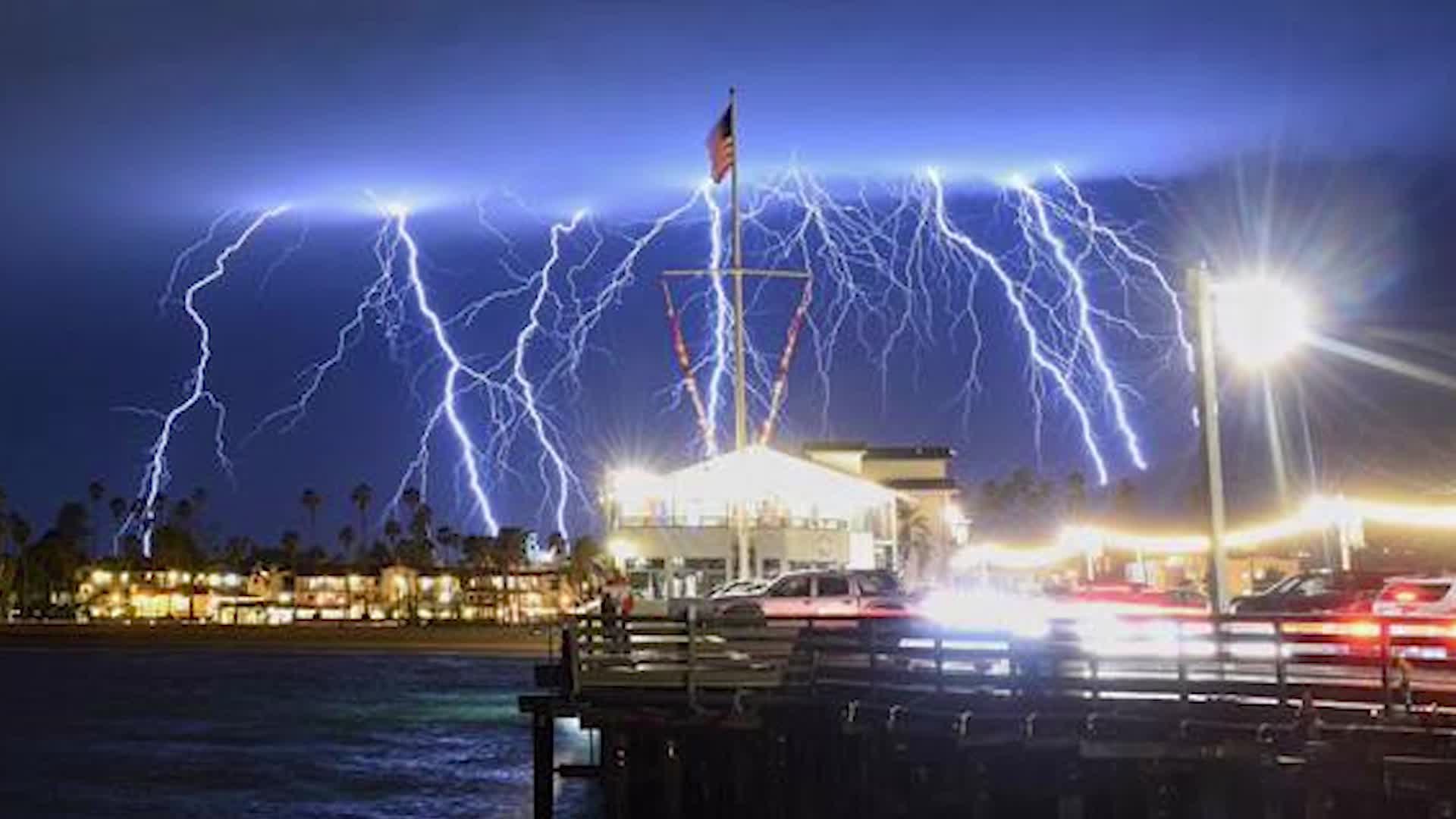
Meteorologically what is happening out west is that the increasing temperatures are leading to the growth of a massive ‘heat dome’, a high pressure system that becomes stuck in the same region of the Earth due to the jet streams. These heat domes have led to severe drought conditions causing the death of millions of trees that provide even more fuel for the fires triggered by the heat.
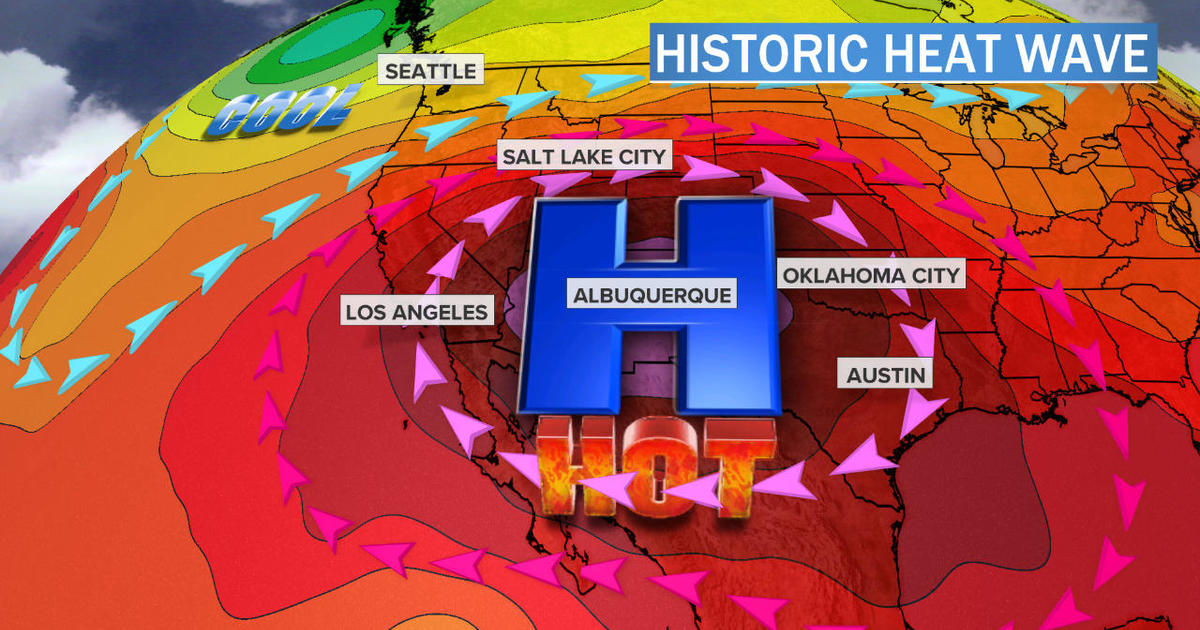
The statistics back up the idea that what we are seeing is an ongoing trend rather than a singular, extraordinary season. Although the National Interagency Fire Center only began keeping more accurate records in 2000 those 20 years of records for California are enough to illustrate the alarming increase in the number of acres of forest burnt each year.
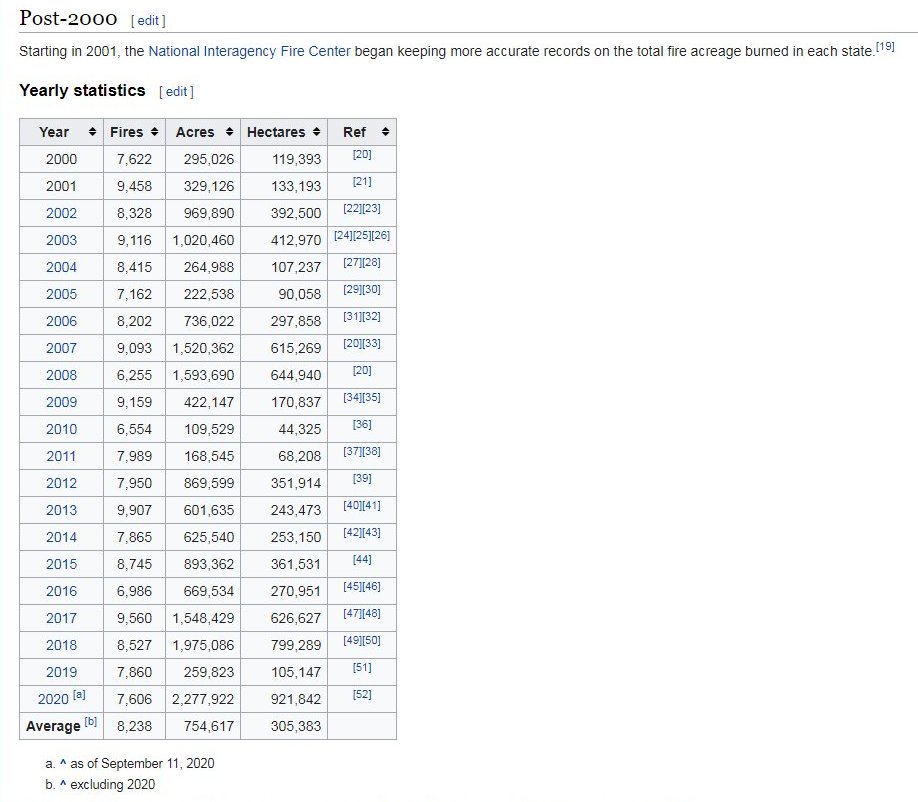
And remember the total for 2020 was as of the 11th of September and has grown considerably since then. Adding in the land area burnt in the other western states and the total area of forest destroyed now comes to something larger than the entire state of New Jersey.
But California isn’t unique; the golden state is just a bit out in front of the rest of us in the changes happening due to climate change. Back in August the Midwest States, especially Iowa, suffered badly from a rare storm system known as a derecho, a wall of storms hundreds of kilometers in width. The straight line winds developed in a derecho can be as strong as those in a tornado but the damage caused is spread out over a much wider path. In addition to massive destruction to homes and other structures several hundred square kilometers of crops were destroyed, a real tragedy in the agricultural heartland of America.
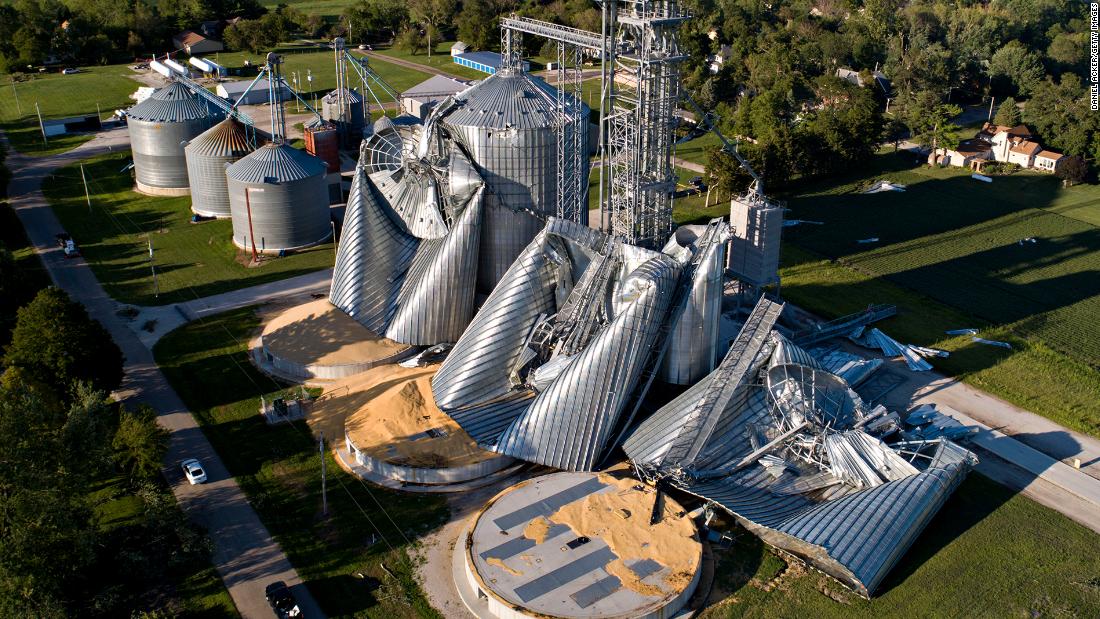
Once more we know what is happening, Earth’s rising temperatures simply means that more energy is being pumped into the weather systems around the world. More energy means more severe weather of all kinds, more severe hurricanes and more sever droughts, more and stronger tornadoes and just stronger storms in general.
And all just because we refuse to shift our energy production from quick, easy, cheap fossil fuels, which will run out eventually anyway, to longer lasting, sustainable forms of energy production. We all know that the long term cost of staying on our present path will be enormously greater than any short term savings. When will we finally find the strength of will to do what we must?
